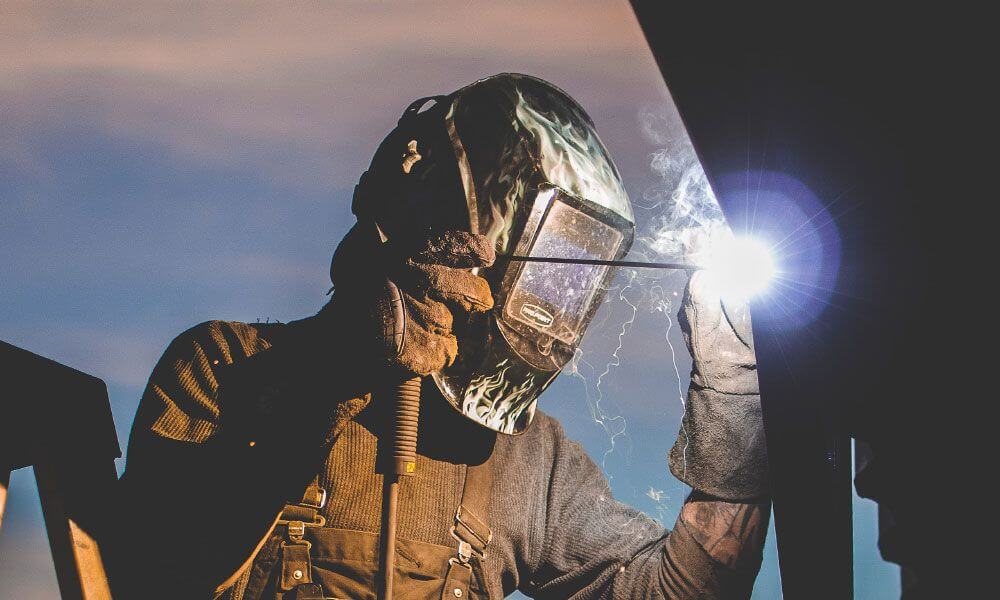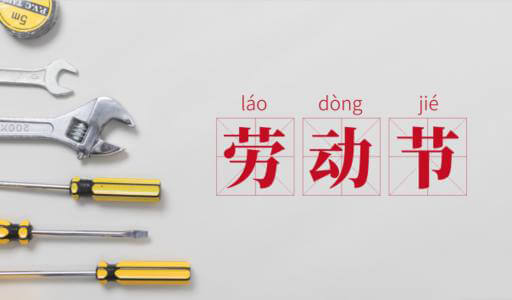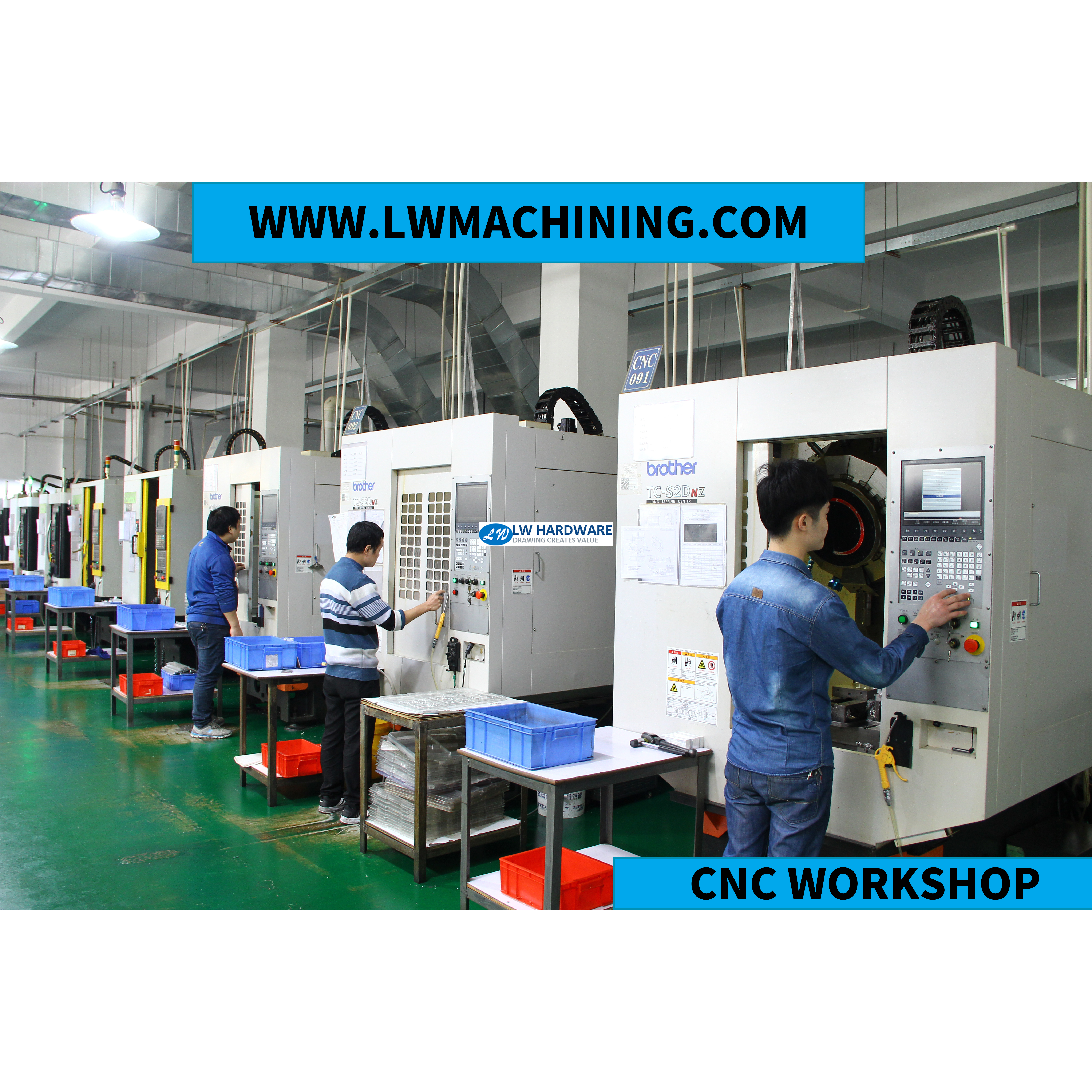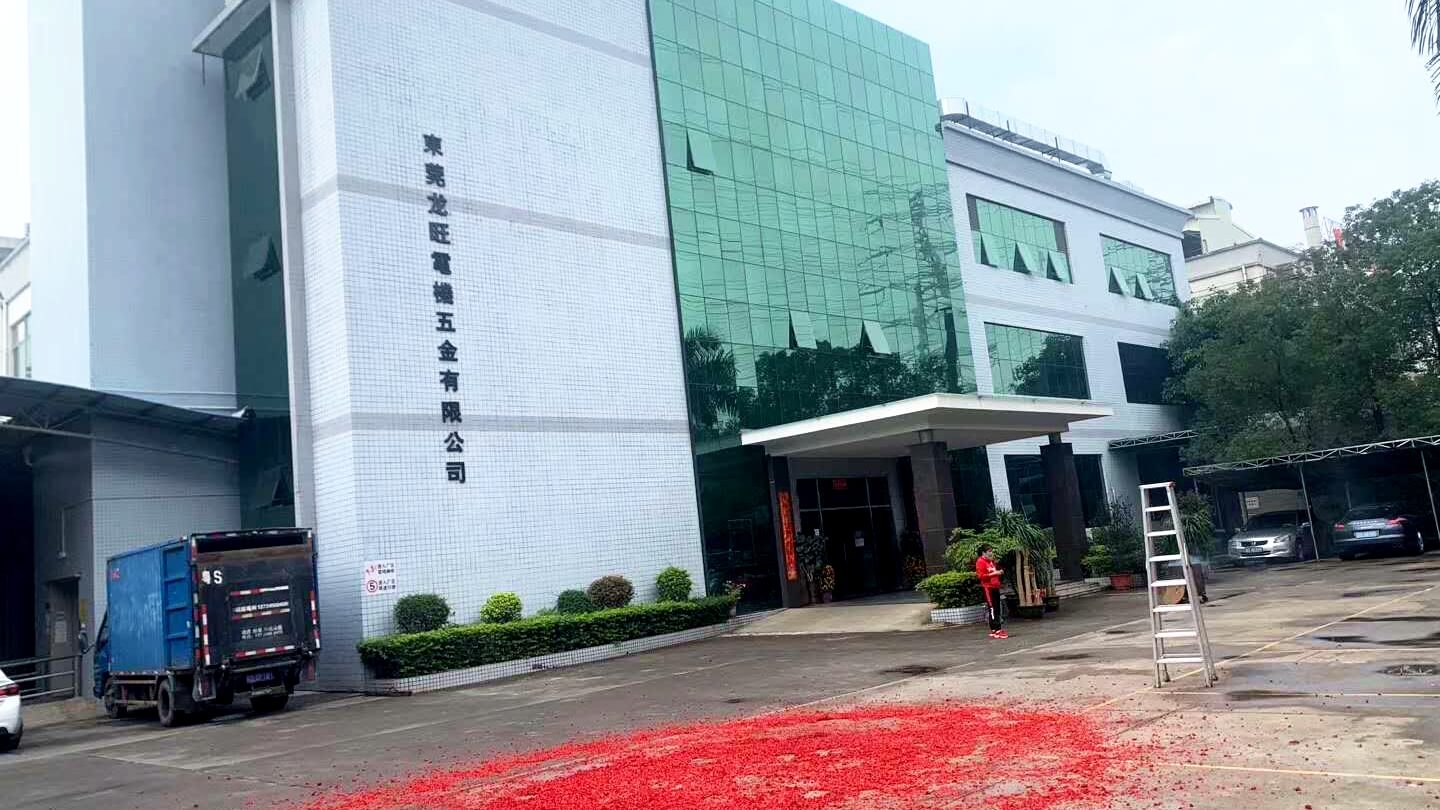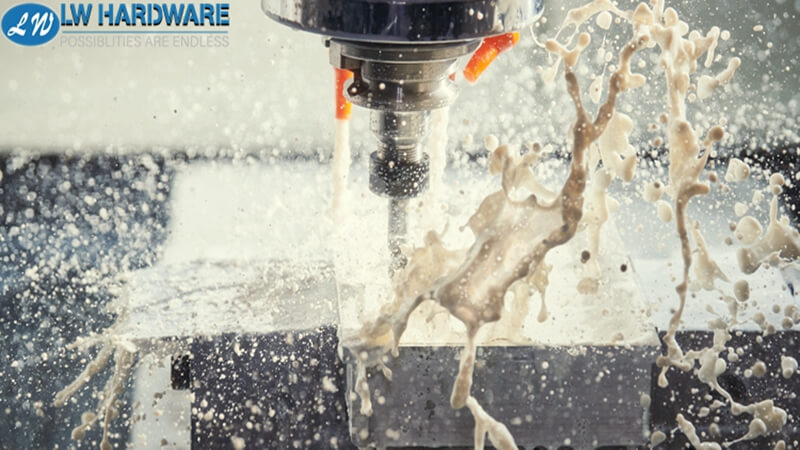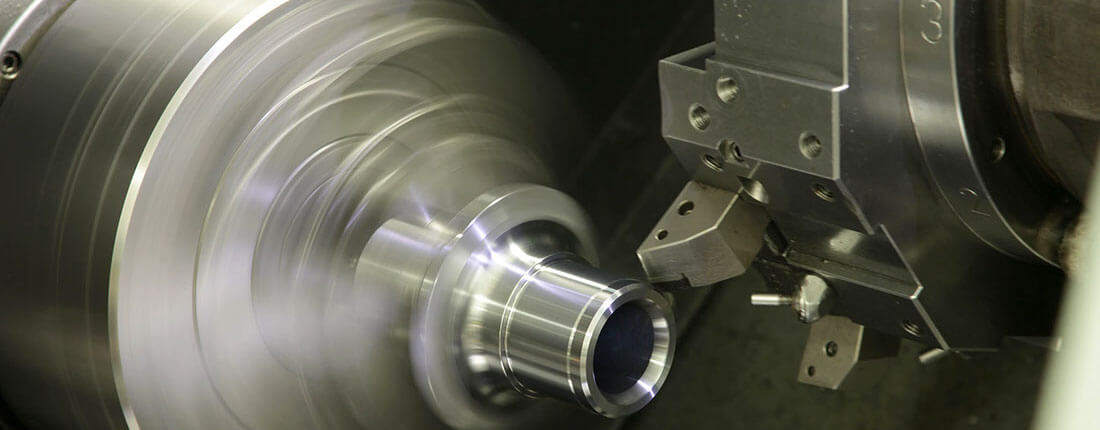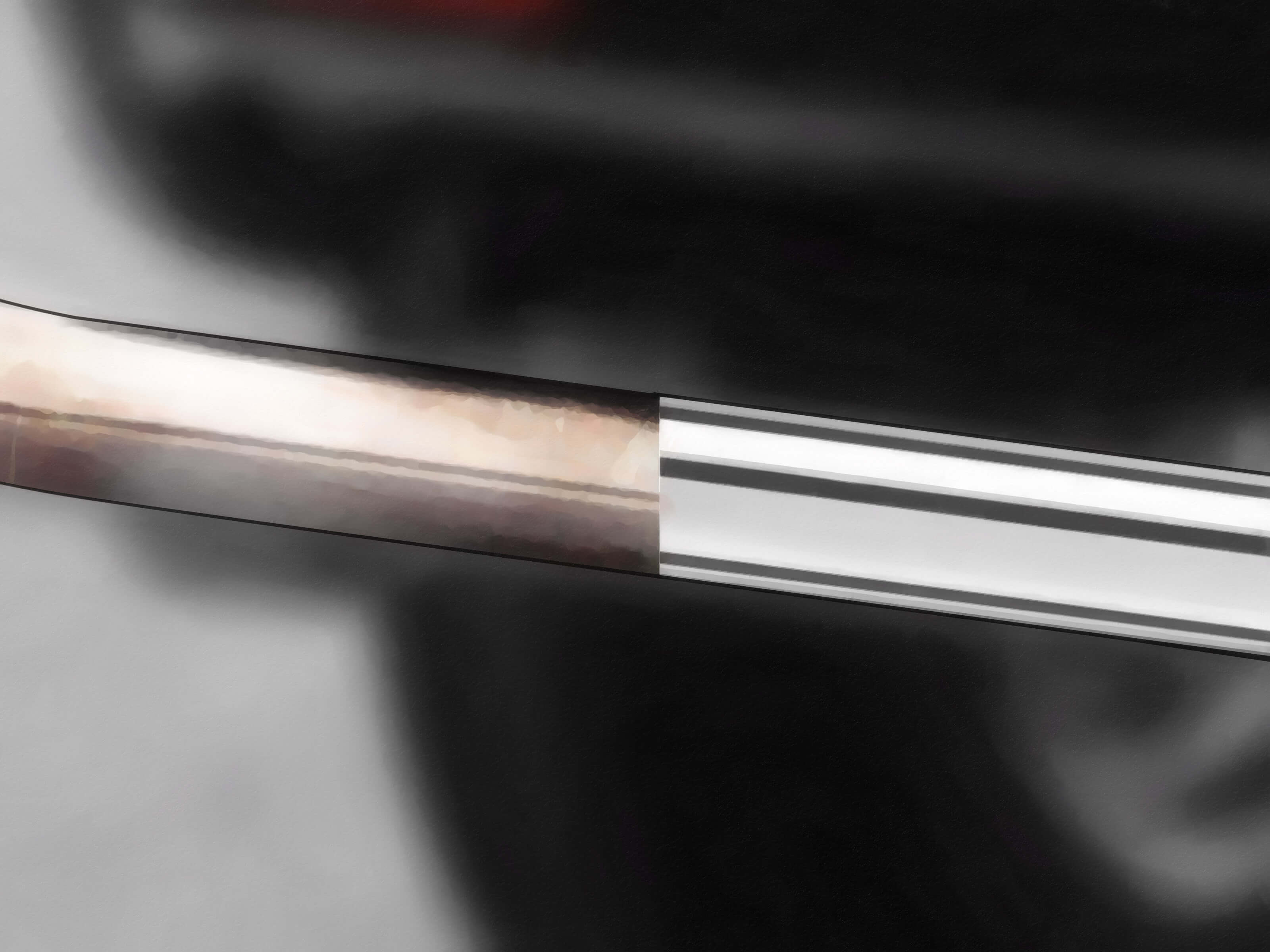1.304 stainless steel: It is one of the most widely used and widely used Austenitic stainless steel. It is suitable for the manufacture of deep-drawing forming parts, acid conveying pipes, containers, structural parts, various kinds of instrument bodies, etc. .
2.304L stainless steel: In order to solve the serious intergranular corrosion tendency of 304 stainless steel caused by the precipitation of Cr23C6, the sensitized state of the ultra-low carbon Austenitic stainless steel is significantly better than that of 304 stainless steel. In addition to slightly lower strength, other performance with 321 stainless steel, mainly used for welding and can not be solid solution treatment of corrosion-resistant equipment and components, can be used to manufacture various types of instrument body.
3.304H stainless steel: 304 stainless steel internal branch, carbon content in 0.04%-0.10% , high-temperature performance than 304 stainless steel.
4.316 stainless steel: Adding Molybdenum on the base of 10Cr18Ni12 steel, the steel has good resistance to reducing medium and pitting corrosion. In Sea Water and other media, corrosion resistance than 304 stainless steel, mainly used for pitting corrosion resistance materials.
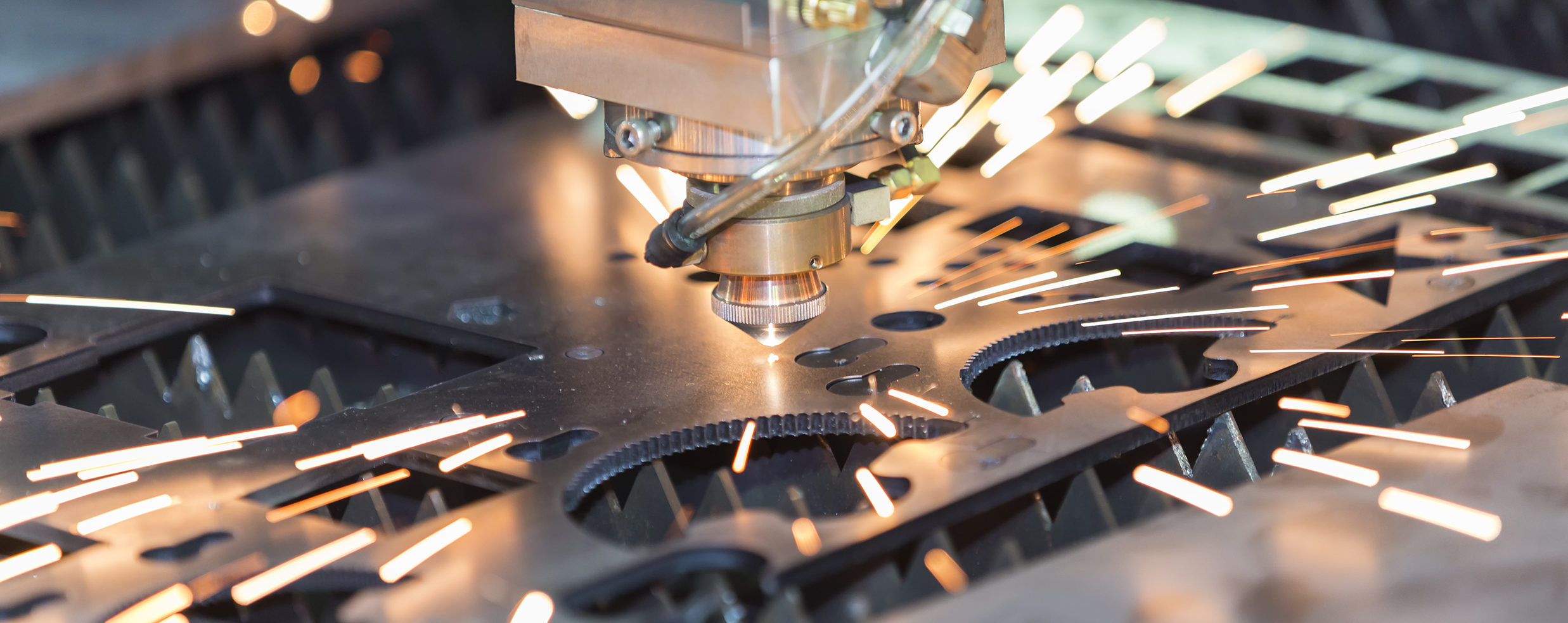 5.316L stainless steel: Ultra-low carbon steel, with good resistance to sensitized intergranular corrosion, is suitable for manufacturing thick cross-section size of welding parts and equipment, such as petrochemical equipment corrosion-resistant materials.
5.316L stainless steel: Ultra-low carbon steel, with good resistance to sensitized intergranular corrosion, is suitable for manufacturing thick cross-section size of welding parts and equipment, such as petrochemical equipment corrosion-resistant materials.
6.316H stainless steel: 316 stainless steel internal branch, carbon content in 0.04%-0.10% , high-temperature performance than 316 stainless steel.
7.317 stainless steel: Resistance to pitting and creep is superior to 316L stainless steel, used in petrochemical and organic acid resistant equipment.

